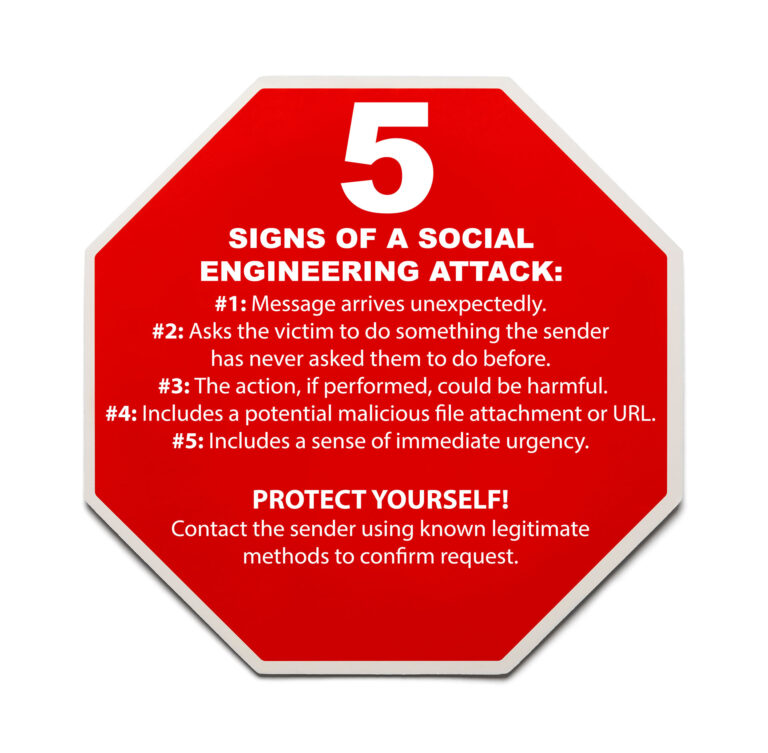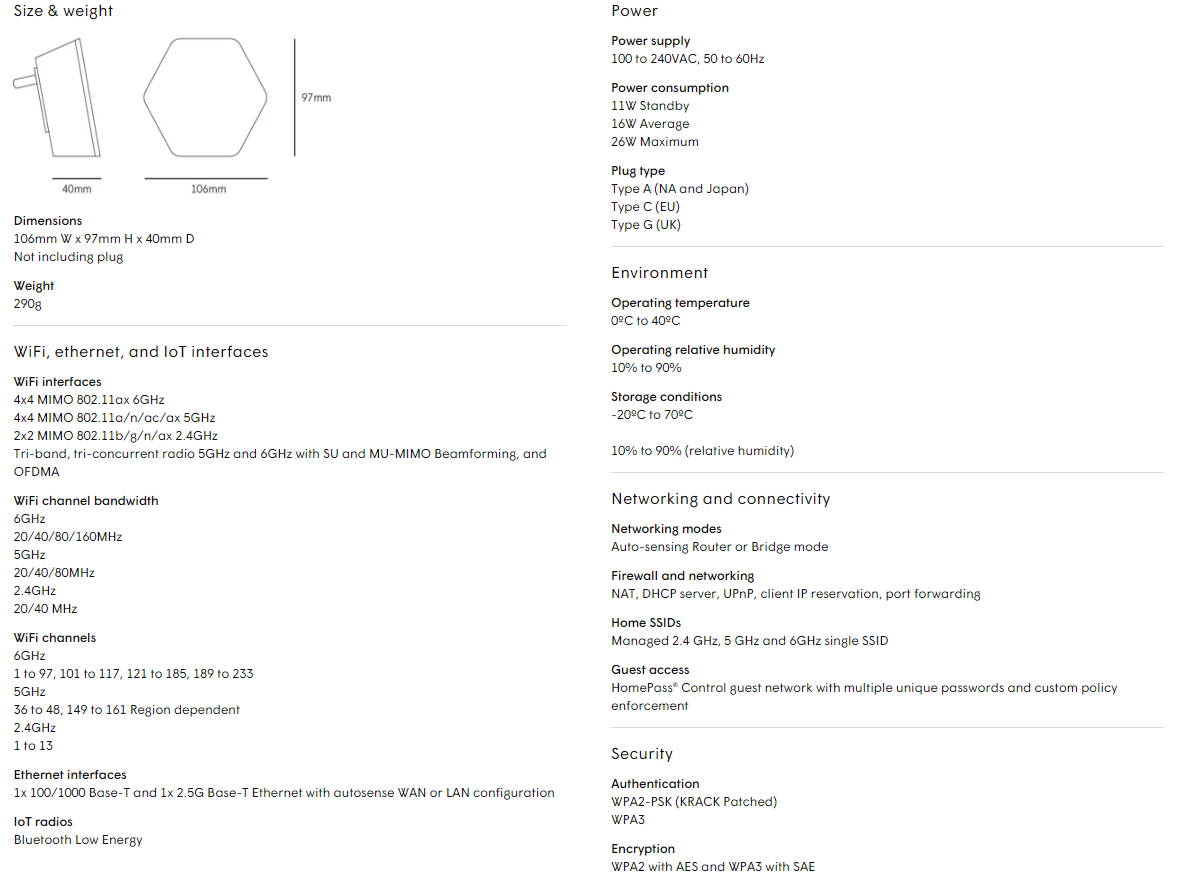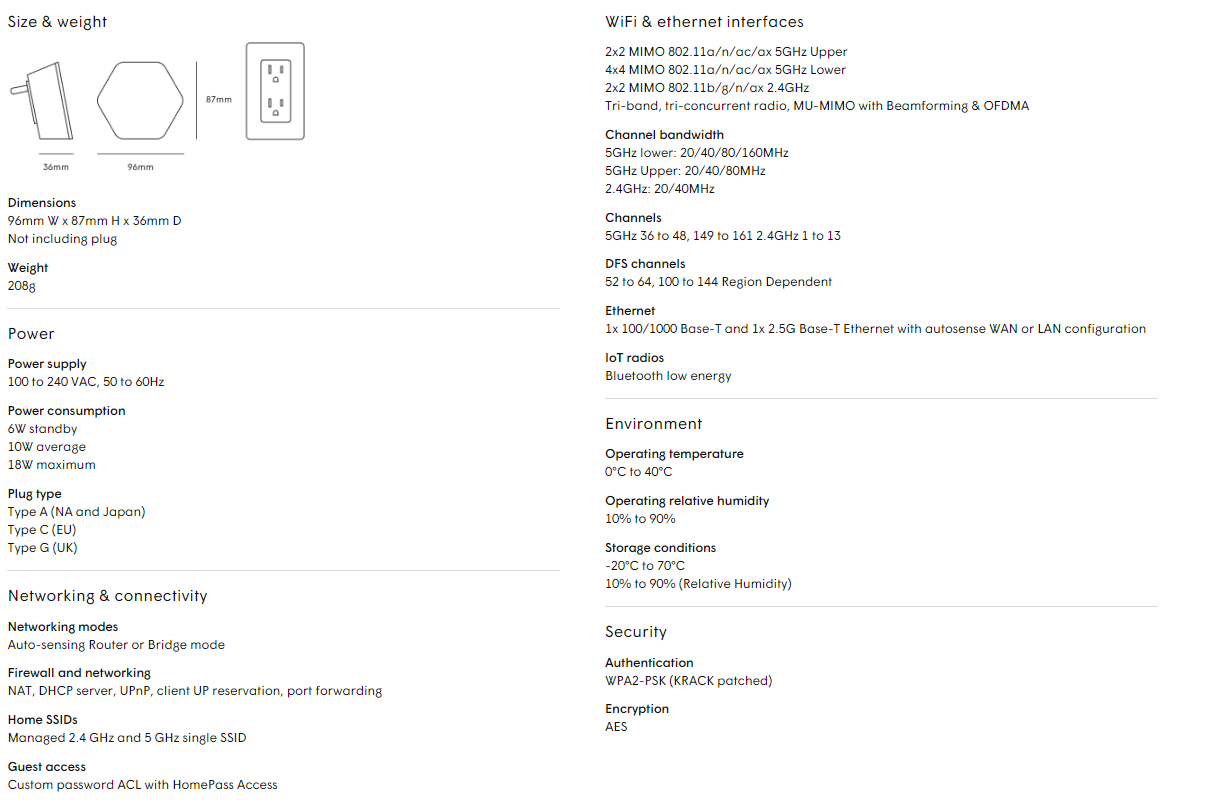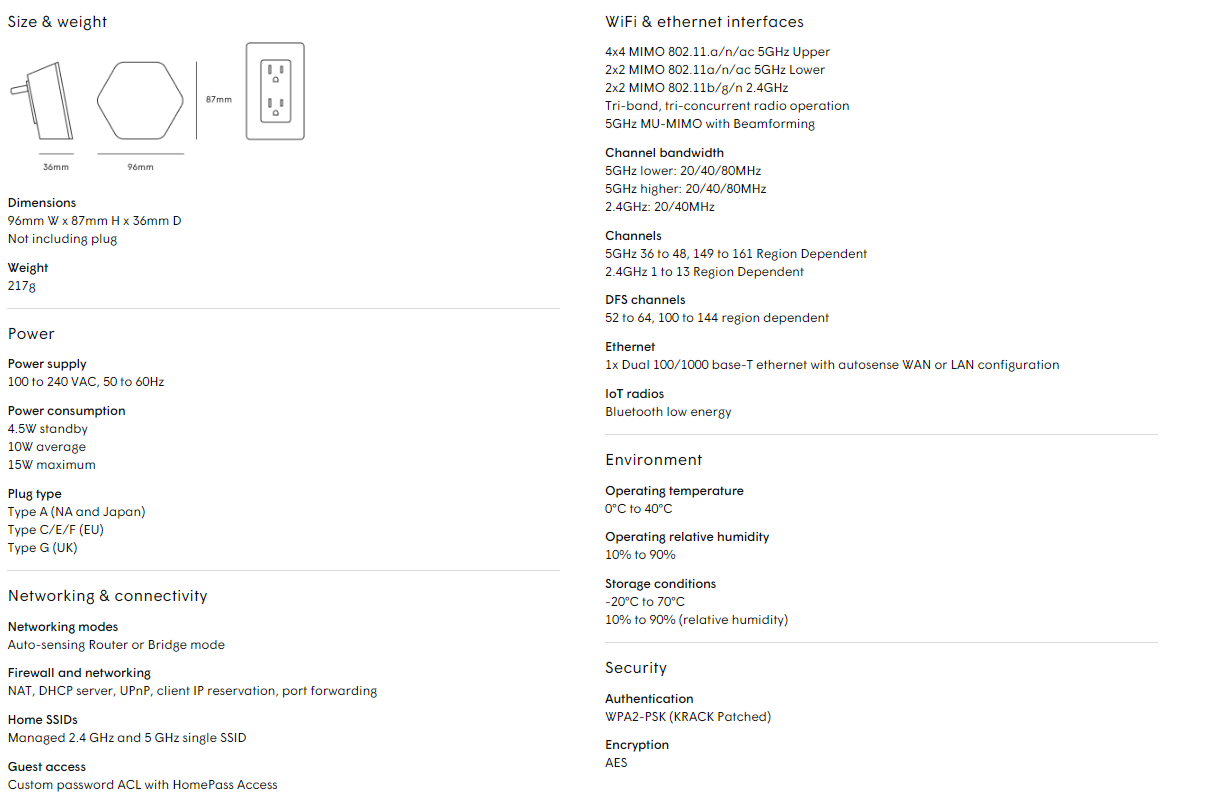What is BEC?
In a Business Email Compromise (BEC) attack, cybercriminals impersonate business professionals to trick victims into sharing information about their organization. This attack is an advanced form of spear-phishing: a phishing attack that targets a specific individual or department within an organization. In a BEC attack, cybercriminals impersonate a business partner, supplier, or prospect. The cybercriminals’ end goal is to transfer funds from an organization to themselves. A successful BEC attack can result in a huge loss for the organization involved.
Who Is the Target of a BEC Attack?
Originally, the primary targets for BEC attacks were employees in high-level and financial roles. As a result, many organizations began to take extra security measures to protect these employees. However, as technology and cybersecurity change, so do the cybercriminals’ tactics. Now, BEC attacks target employees of all types and levels. For example, cybercriminals have recently started to target employees in sales roles. Sales representatives are popular new targets because of their connection with financial departments for payment processing.
Even employees with no ties to financial departments can be targeted. Any relationship a cybercriminal creates within an organization can help them gain access to vital information. For example, administrative assistants often have access to high-level employees’ business calendars. If a cybercriminal targets an overly trusting assistant, the cybercriminal could win themselves a meeting with an executive.
Remember These Tips to Stay Safe:
- Be suspicious of any emails sent from people you do not know, even people who appear to represent a legitimate organization.
- Before sharing any information about your organization or coworkers over email, be sure to verify the sender’s identity. You could ask for proof of who they are, where they work, or contact them by phone or video call.
Always follow your organization’s protocol for reporting suspicious emails. Following cybersecurity protocols will help keep everyone’s information safe, no matter who the original target was.
Stop, Look, and Think. Don’t be fooled.









